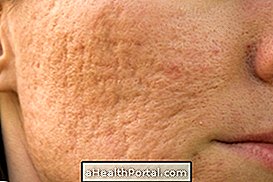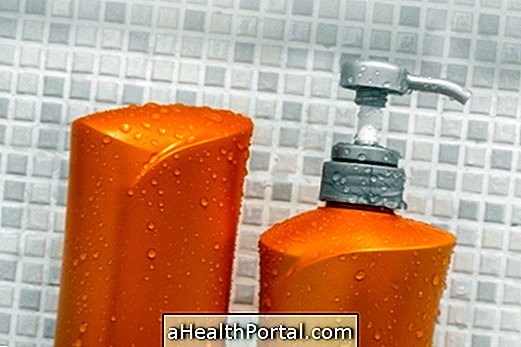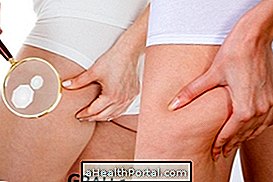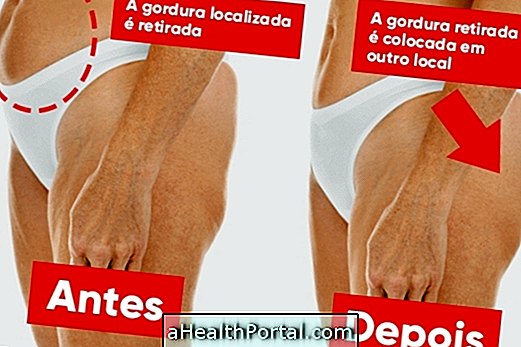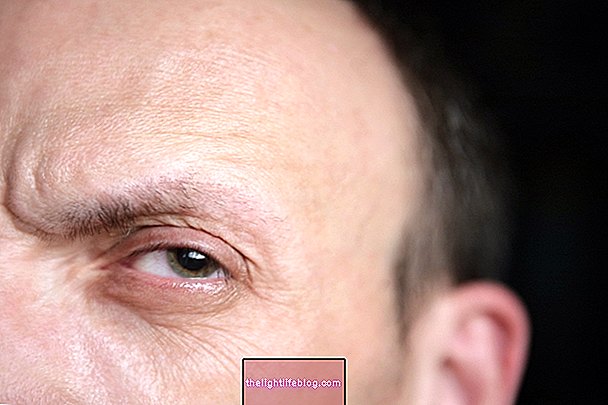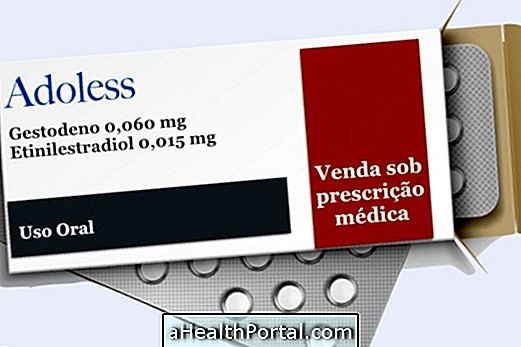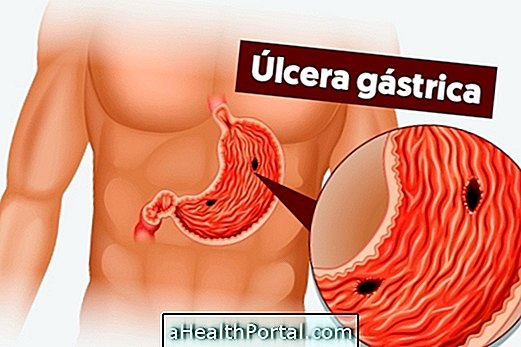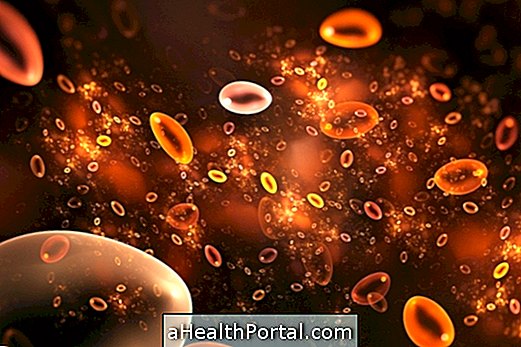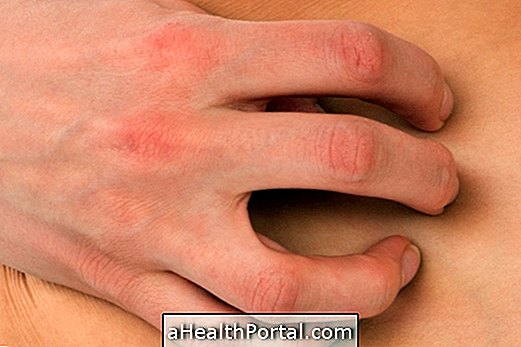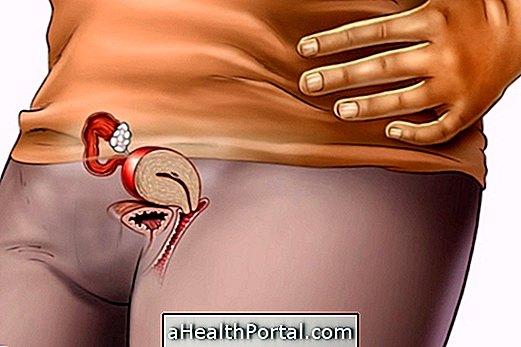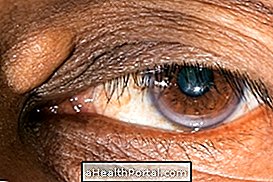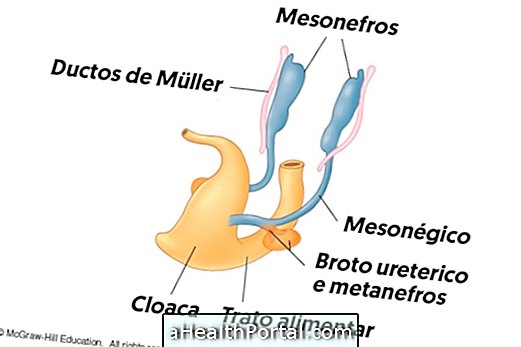Electrolycolysis, or electro-opiophoresis, is an aesthetic treatment that works in the fight against localized fats and cellulite. However, this is a procedure not recommended for those who have skin wounds, local infections, diabetes and myoma, for example.
Treatment with electrolylysis promotes the breakdown of fat cells and facilitates their exit. Scientific studies have proven that the use of electrolypolysis is effective in combating localized fat and cellulite, however, better results are observed if the person also exercises and have a hypocaloric diet.
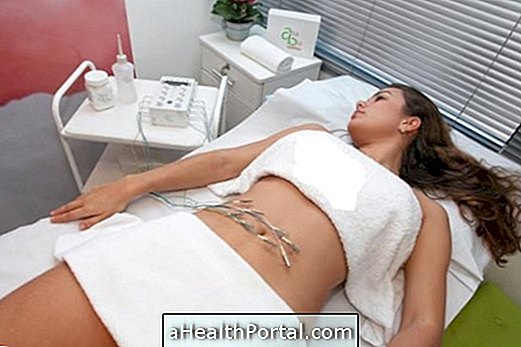
How it works
Electrolysis aims to eliminate accumulated fat by stimulating the lipolysis process, that is, by breaking the fat, by applying low frequency electric current at the site, resulting in a loss of accumulated fat and an increase in blood circulation, also improving the appearance of the skin and reducing swelling.
In order to pass the electric current, a TENS device connected to the acupuncture needles is used, which is placed in the region to be treated, such as the abdominal area, flanks, buttocks or thighs, for example.
The needles are placed in pairs, with a distance of less than 5 cm, and attached to the apparatus. The physiotherapist should turn on the device, setting the necessary parameters for the procedure, and the individual will feel the electrical current in the area (a kind of tingling) until they almost feel pain.
The technique with needles is more effective as it acts directly on fat cells, however electrolysis can also be done using silicone electrodes that are placed in the place to be treated and that transmit the electric current to the fat cell.
Usually 10 sessions are indicated so you can see the results, however the number of sessions can vary according to the method used and amount of fat that you want to eliminate.
Results of electrolysis
The results of electrolysis are usually observed from the 10th session, but can be seen earlier if the person chooses to perform other aesthetic treatments such as lymphatic drainage, which facilitates the withdrawal of fluids and toxins.
It is recommended to perform at least 10 electrolypolytic sessions, at least once a week, in the case of needle treatment, and up to 2 times in the case of the silicone electrode, in addition to practicing physical activities and having a proper and balanced diet, decreasing, thus, the accumulation of fat and appearance of cellulites. Here's what to eat to eliminate fat.
Where to do
The technique can be performed in aesthetic clinics or physiotherapy clinics, by properly trained physiotherapists. The sessions should be performed about 2 times a week on alternate days, and better results are observed, if following electrolipolysis the person has a manual or mechanical lymphatic drainage session.
An electrolyolysis session lasts on average 40 minutes and usually there is no pain, however the person may feel a slight tingling, but that does not generate pain.
During the session, it is normal for it to appear that the intensity of the device has decreased, and at this time, the physiotherapist should increase the graduation of the device, since the individual is already able to withstand a greater intensity.
Contraindications of electrolycolysis
Although it is a method of effective aesthetic treatment, it has several contraindications and is not indicated for people who have allergy in the area to be treated, are pregnant, have hypothyroidism, Cushing's syndrome, calcium deficiency or osteoporosis, for example.
In addition, people who have cardiac pacemakers, epilepsy, kidney failure, myoma, cancer, hypertension, hypoglycemia, diabetes or use of corticosteroid, progesterone or beta blockers should not do this aesthetic treatment to eliminate localized fat. Check out other treatment options for localized fat.
See other tips that can help you stop cellulite in the following video:

